
Earl of Chichester is a title that has been created three times, twice in the Peerage of England and once in the Peerage of the United Kingdom. The current title was created in the Peerage of the United Kingdom in 1801 for Thomas Pelham, 2nd Baron Pelham of Stanmer.
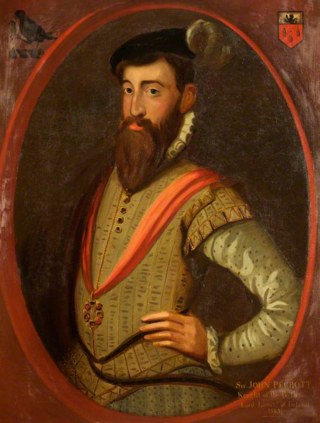
Sir John Perrot was a member of the Welsh gentry who served as Lord Deputy of Ireland under Queen Elizabeth I of England during the Tudor conquest of Ireland. It was formerly speculated that he was an illegitimate son of King Henry VIII, though the idea is rejected by modern historians.
Sir John Perrot, was a figure of unusual power and influence in Tudor Britain and Ireland. Born near Haverfordwest in 1528, he inherited wealth and power – the Perrots had been accumulating both in west Wales for centuries – and gained more ingratiating himself with the English court.
His own son described him as a "very cholericke" man, who "could not brooke any crosses". He had already gathered many offices by the time he was sent to Ireland in 1571 as President of Munster to suppress a rebellion. His methods were characteristically violent – he hanged over 800 of the rebels – but he resigned after two years, having failed in his mission.
Back in west Wales he contented himself with self-enrichment and self-glorification, rebuilding in grand style his two main homes, Carew Castle and Laugharne Castle. He returned to Ireland as 1584 as Lord Deputy, with the task of crushing the Irish and colonising their land. Again unsuccessful, he returned, was falsely accused of treason by his many enemies, and died in the Tower of London in 1592, possibly of poisoning.

Sir Walter St John, 3rd Baronet, of Lydiard Tregoze, Wiltshire, and of Battersea, was an English Member of Parliament.

There have been six baronetcies created for persons with the surname Smyth, two in the Baronetage of England, one in the Baronetage of Great Britain, one in the Baronetage of Ireland and two in the Baronetage of the United Kingdom. One creation is extant as of 2010.

Three baronetcies have been created in the Baronetage of England for members of the Littleton or Lyttelton family. All three lines are descended from Thomas de Littleton, a noted 15th-century jurist. Despite differences in the spelling of the title, the names of all three lines were spelt in many varied ways in the early modern period, without distinction between the different branches of the family. This can be confusing, as the range of forenames in use was very limited.
George Henry Lee I, 2nd Earl of Lichfield (1690–1743) was a younger son of Edward Henry Lee, 1st Earl of Lichfield and his wife Charlotte Fitzroy, an illegitimate daughter of Charles II by his mistress, the celebrated courtesan Barbara Villiers. On 14 July 1716 George Henry Lee succeeded his father as the 2nd Earl of Lichfield.
There have been four baronetcies created for persons with the surname Temple, two in the Baronetage of England, one in the Baronetage of Nova Scotia and one in the Baronetage of the United Kingdom.
Three baronetcies were created for persons with the surname D'Oyly, two in the Baronetage of England and one in the Baronetage of the United Kingdom. One creation is extant as of 2008.

The Worsley family is an English family that is derived from Sir Elias de Workesley, a Norman knight who was a youth at the time of the Norman conquest. He later accompanied Duke Robert II of Normandy on the First Crusade and was buried at Rhodes.
There have been two baronetcies created for members of the Boughton, later Rouse-Boughton family, one in the Baronetage of England and one in the Baronetage of Great Britain.
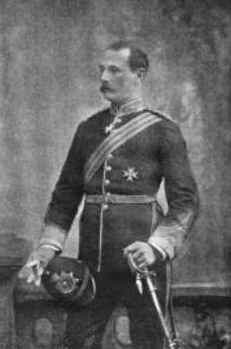
Sir Herbert Charles Perrott, 5th and 1st Baronet, was an English baronet who succeeded to a 1716 baronetcy in 1886 and was created a baronet in his own right on 21 June 1911 with precedence to his heirs male from the 1716 creation. Since there were no sons, the baronetcies became extinct with his death in 1922.
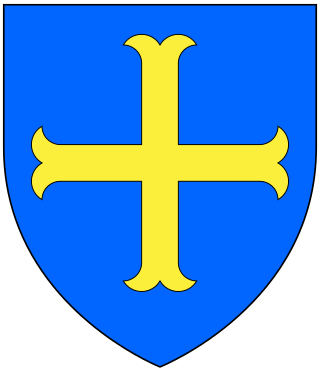
There have been three baronetcies created for descendants of the ancient Norman family of Molyneux who were granted extensive estates in Lancashire after the Norman Conquest.
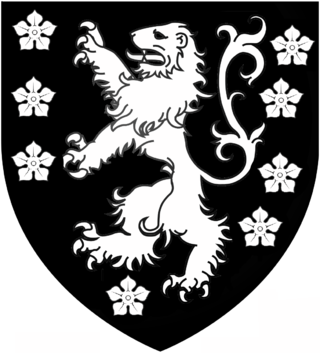
Two unrelated baronetcies have been created in the surname of Clifton.

There have been four baronetcies created for persons with the surname Cope.
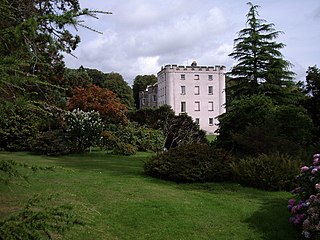
Sir John Philipps, 1st Baronet was a Welsh landowner and politician who sat in the House of Commons in 1601.
Sir Thomas Perrot was an Elizabethan courtier, soldier, and Member of Parliament. He campaigned in Ireland and the Low Countries, and was involved in the defence of England against the Spanish Armada. He was imprisoned several times, on one occasion to prevent a duel with Sir Walter Raleigh, and on another occasion because of his secret marriage to Dorothy Devereux, a Lady-in-waiting to the Queen, and sister of the Queen's favourite, the Earl of Essex. Perrot's only daughter, Penelope, married Sir Robert Naunton, author of Fragmenta Regalia, which claimed that Perrot's father, Sir John Perrot, was an illegitimate son of Henry VIII.
Sir William Talbot, 3rd BaronetPC (Ire) was the last of the Talbot baronets of Carton: his title was forfeited on account of his loyalty to King James II of England. He was an Irish politician and judge, who served briefly as Master of the Rolls in Ireland.

Thomas Peyton (1418–1484) of Isleham, Cambridgeshire, was twice Sheriff of Cambridgeshire and Huntingdonshire, in 1443 and 1453. He rebuilt the church of St Andrew's in Isleham, in the chancel of which survives his monumental brass. He is depicted in a 1485 stained glass window in Long Melford Church, Suffolk, where he displays on his surcoat the Peyton arms: Sable, a cross engrailed or a mullet in the first quarter argent.
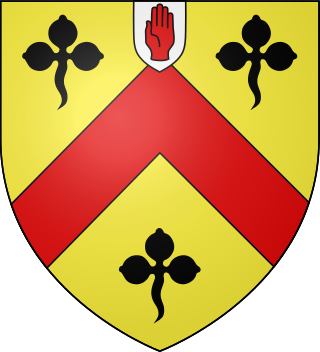
The Abdy baronetcy, of Albyns, in the County of Essex, was created in the Baronetage of England on 9 June 1660 for Robert Abdy. It became extinct on the death in 1759 of the 4th baronet.
Sir John Wentworth, 1st Baronet, of Gosfield, Essex, was an English aristocrat.













